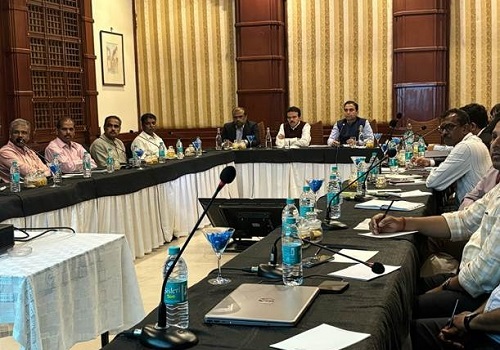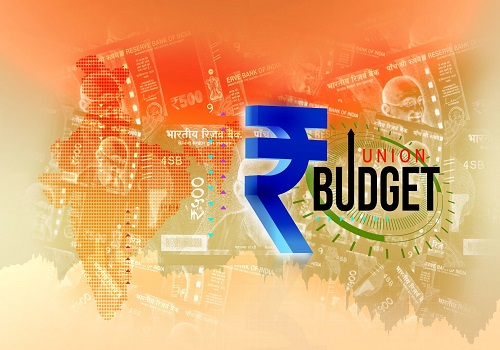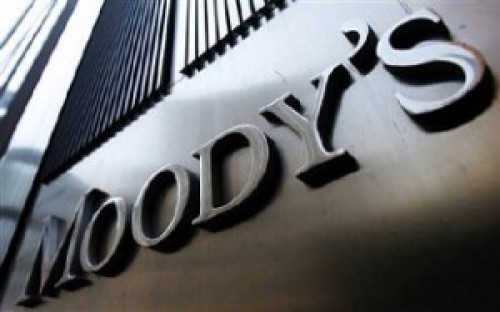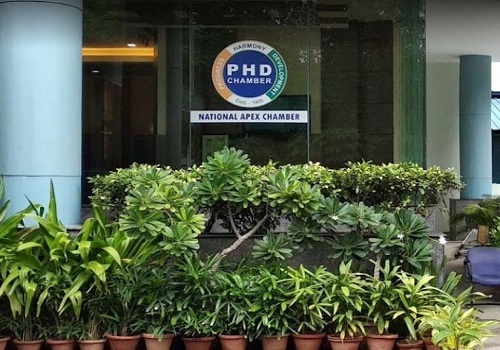Budget 2021 Preview: Expect limited fiscal support - Motilal Oswal

Follow us Now on Telegram ! Get daily 10 - 12 important updates on Business, Finance and Investment. Join our Telegram Channel
https://t.me/InvestmentGuruIndiacom
Download Telegram App before Joining the Channel
Budget 2021 Preview: Expect limited fiscal support
Fiscal deficit could narrow to 5.5% of GDP in FY22 from ~7% in FY21
* The Government of India (GoI) would present the Union Budget 2021–22 on 1st February 2021. As always, expectations are running high. However, the government’s fiscal response in 2020 indicates certain inflexibility and the lack of resources to stimulate the economy.
* Although there was no massive fiscal stimulus in CY20—various estimates put it between 1.5% and 2.5% of GDP, of which 0.7% of GDP was on account of food subsidies, which is unlikely to affect the fiscal balance—a significant shortfall in receipts likely led to the doubling of the fiscal deficit to ~7% of GDP in FY21 (from the budgeted 3.5%). The assumption (based on actual data available up to Nov’20) is gross taxes would decline 5.3%, total receipts would fall 12.4%, and total expenditure would grow 7.2% in FY21.
* Assuming 19% growth in total receipts in FY22, an increase of just 5.6% in total spending by the central government implies the fiscal deficit could narrow to 5.5% of GDP next year. This indicates that primary spending (excluding interest payments) would grow just 4.6% in FY22 (v/s 6% growth in FY21), marking the second lowest growth in four decades.
* Besides these all-important macro numbers, we would closely track the upcoming Budget for any announcements in three areas. 1) The lack of receipts has led to debates related to one-off cess/surcharge. However, GoI may consider keeping the taxation regime unchanged, helping to sustain and bolster the economic momentum. 2) We would closely monitor whether the Union Budget includes measures to revive residential real estate demand in the country. 3) It would be interesting to note whether GoI can continue to support the rural sector as much as it has in the past couple of years.
* Lastly, we reiterate that while the GoI is expected – as witnessed every year – to grow its capital expenditure (capex) more than total spending, it is severely constrained by the low share (~25%) of discretionary/non-mandatory spending. Furthermore, the center’s capex is only ~5% of domestic investments in the country.
The Union Budget 2021–22 would be presented by GoI on 1st February 2021. As always, expectations are running high. However, if one considers the government’s fiscal response in an exceptionally weak CY20, along with its commitment to adhere to the reported fiscal deficit targets from previous years, it is easy to believe there is certain inflexibility and the lack of limited resources to stimulate the economy.
A comparison of budgeted deficit targets (budget estimates or BE) vis-à-vis actual fiscal deficit over FY15–19 suggests that although total receipts were always lower than the targets (in the range of 1–8%), fiscal deficit targets were broadly achieved in these years by adjusting total spending. Of course, due to COVID-19, the fiscal deficit stood at 4.6% of GDP v/s the revised estimate (RE) of 3.8%.
Since the Budget 2020 was presented on 1st February 2020 – before the COVID-19 impacted the Indian economy – FY21 targets turned out to be highly unrealistic. Based on actual data available up to November 2020, it appears that GoI’s gross taxes could decline 5.3% in FY21 (v/s BE of 12% growth); total receipts could fall 12.4% (v/s BE of 14.7%); and total expenditure could grow 7.2% this year (v/s targeted growth of 12.7%).
To Read Complete Report & Disclaimer Click Here
For More Motilal Oswal Securities Ltd Disclaimer http://www.motilaloswal.com/MOSLdisclaimer/disclaimer.html SEBI Registration number is INH000000412
Above views are of the author and not of the website kindly read disclaimer










Tag News

Budget 2023: How various businesses responded to PM Narendra Modi government`s growth vision...











